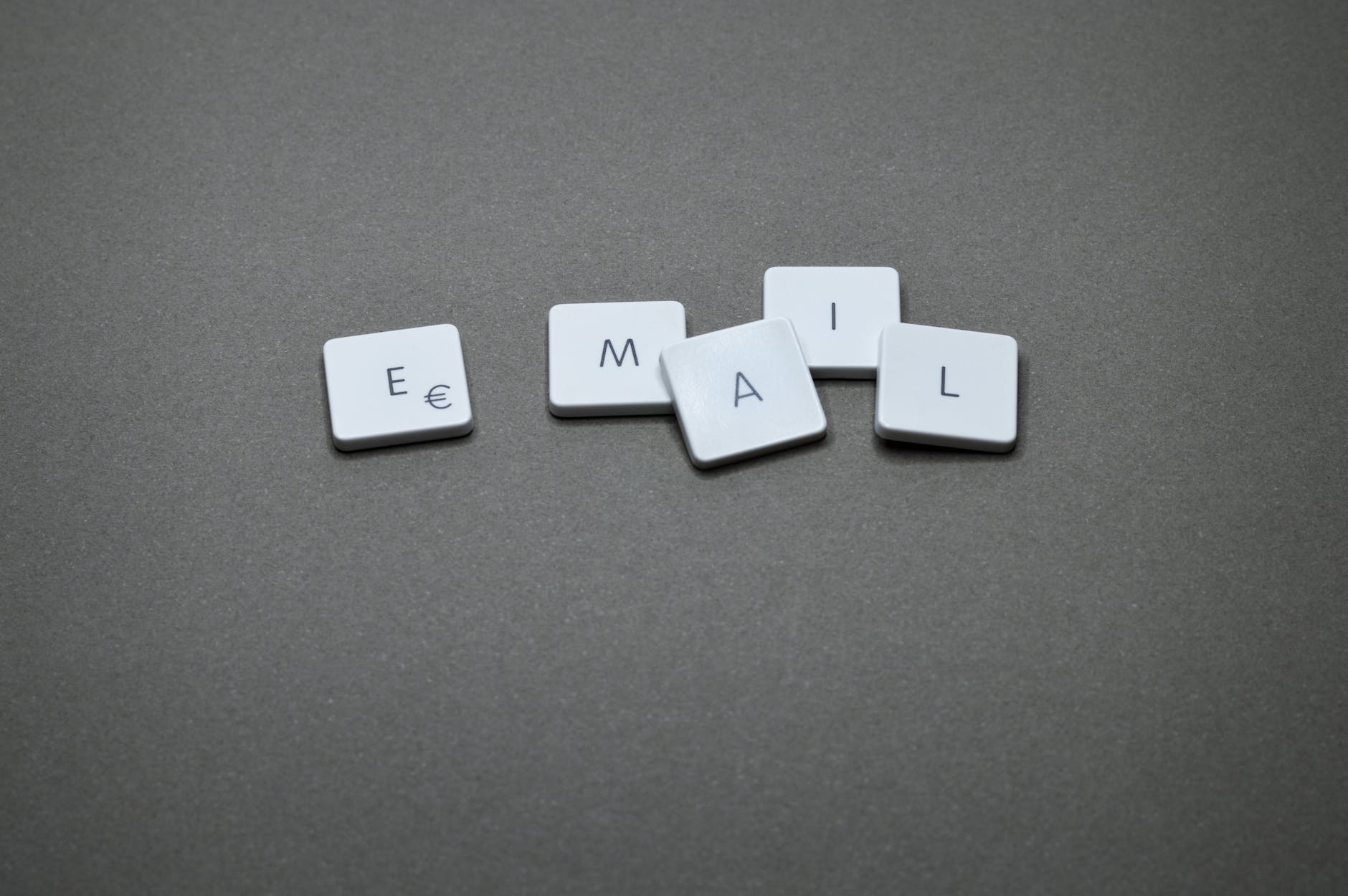
DNS and Email Authentication Explained

Ensuring your emails make it into inboxes starts with correctly configuring email authentication mechanisms within your DNS settings. Gaining a solid understanding of DNS and these mechanisms is a critical first step in improving email deliverability.
In today's age of email infrastructure, it's paramount to have these mechanisms configured. Modern spam filters will normally not let your emails hit the inbox without them.
DNS
DNS stands for Domain Naming System. It operates much like a phone book for the internet. The name in the phone book is linked to a number that you can use to contact the person. DNS functions similarly by converting an easy to remember domain name (Amazon.com) to a series of numbers that tells your machine where the content you're requesting is housed.
DKIM
DKIM stands for DomainKeys Identified Mail. It's an authentication measure that allows the receiving server to ensure that your email has not been altered in transit. It operates off of a public key and a private key.
SPF
SPF stands for Sender Policy Framework. It's another authentication measure that helps ensure no one is using your domain name to send fraudulent emails. It operates off of a list of acceptable mail servers that are able to send messages from your email domain.
DMARC
DMARC stands for Domain-based Message Authentication, Reporting and Conformance. DMARC works in conjunction with SPF and DKIM. It allows domain owners to set rules for how receiving servers should handle emails that fail DKIM and/or SPF authentication checks.